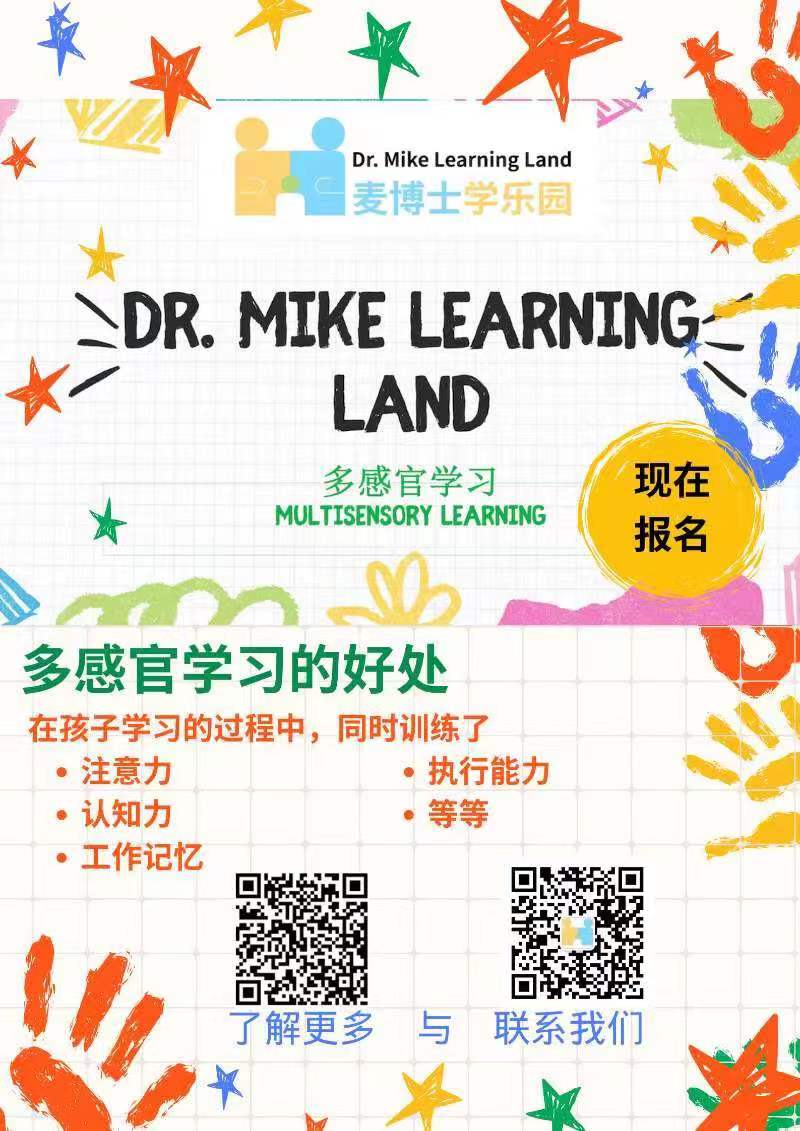
What is Multisensory Learning? Multisensory Learning uses different senses such as sight, sound, touch, and even smell to help children to improve their learning. By using more than one sense, learning becomes more fun and hands-on. This can help improve memory, learning skills, reading, writing, and other abilities. These sensory inputs stimulate specific parts of the brain, making learning more effective and lasting. This method also helps children handle daily emotional challenges better. Benefits of Multisensory Learning 1. Better Learning for All Students: Multisensory Learning is especially helpful for children with dyslexia, learning problems, and ADHD. 2. Stronger Reading and Writing Skills: It helps build a strong foundation in reading and writing, making it easier for children to remember what they learn. 3. Fun and Engaging: This method is interactive and enjoyable, making learning a fun experience. 4. Various Activities: Fun games, activities, cards, and pictures are used to stimulate different senses and speed up learning. 5. Phonics Skills: Students learn to use and recognize different sounds connect with different letters or letter groups also called phonics. 6. Build Important Skills: Activities help children develop tracking skills using their eyes to follow a line of words or a moving object, pattern recognition, and reasoning skills, which are crucial for learning. These benefits show how Multisensory Learning can help children with dyslexia, learning problems, and ADHD overcome their daily learning challenges. Without this help, these children might struggle with homework, refuse to go to school, and feel frustrated and disappointed. They might also experience anxiety, depression, and low self-esteem, making it hard for them to keep up with their education. Unique training programs to improve children learning and emotional regulation Multisensory Learning, Executive Functioning, and Social Emotional Learning, when are trained in combination become even more effective helping children learning ability, cognition and emotional regulation. These programs will help children develop the skills they need to handle critical thinking, learning and emotional challenges smoothly. How combination of these three programs help children? Improve reading, writing, and phonics skills Enhance attention and concentration Develop time management and improve emotional regulation Improve organization Increase willingness to complete homework and enjoy going to school Enhance teamwork and social skills Reduce behavioral issues at home and school Boost self-confidence and self-acceptance Strengthen working memory Increase happiness Improve relationships between parents and children Reduce anxiety and stress Create a better classroom environment These unique learning programs as well as social-emotional learning training are designed to complement what students already learn at international schools. These programs which were developed by educational expert in USA and used over years in north American were chosen specially to benefit our students as the following: 1. To help children with Dyslexia, Learning difficulties and ADHD 2. Help children who might have problems in grasping what are taught in classroom and keeping up with daily learning 3. Help children who daily have difficulties with finishing their homework or school assignments 4. Help children who daily face inattention, poor memory 5. Help children who might be suffering from various emotional regulation issues such as anxiety as well as having difficulty to fit socially, lack certain social skills to enjoy dealing with their classmates, coming out of isolation, building friendship with their peers and being accepted by them


